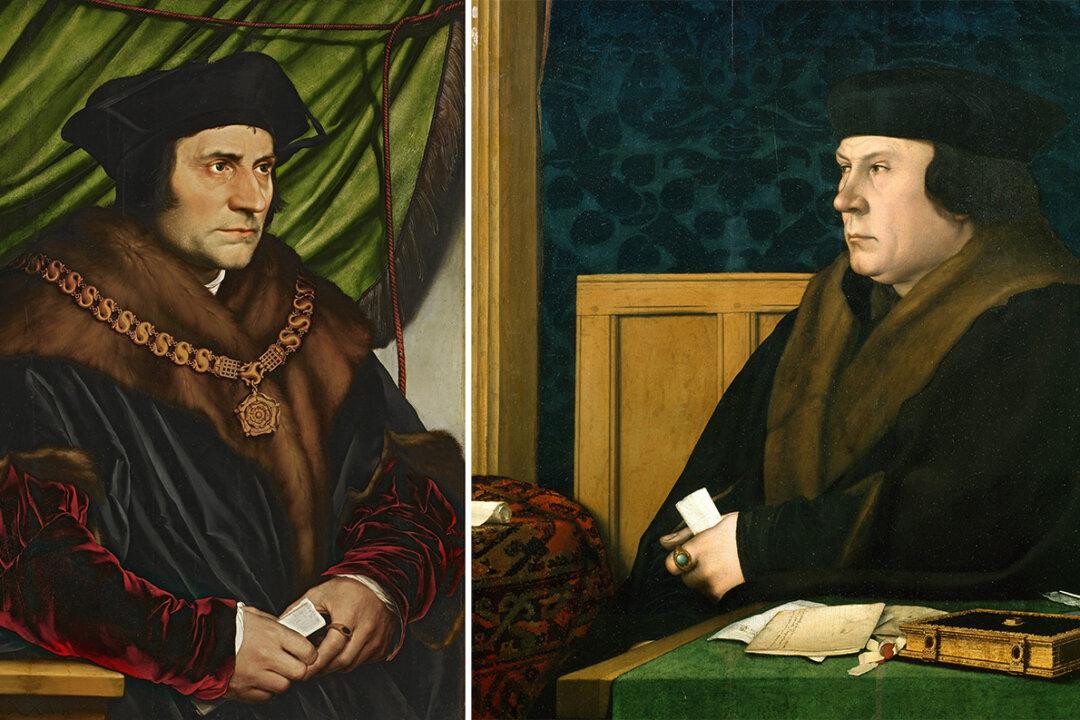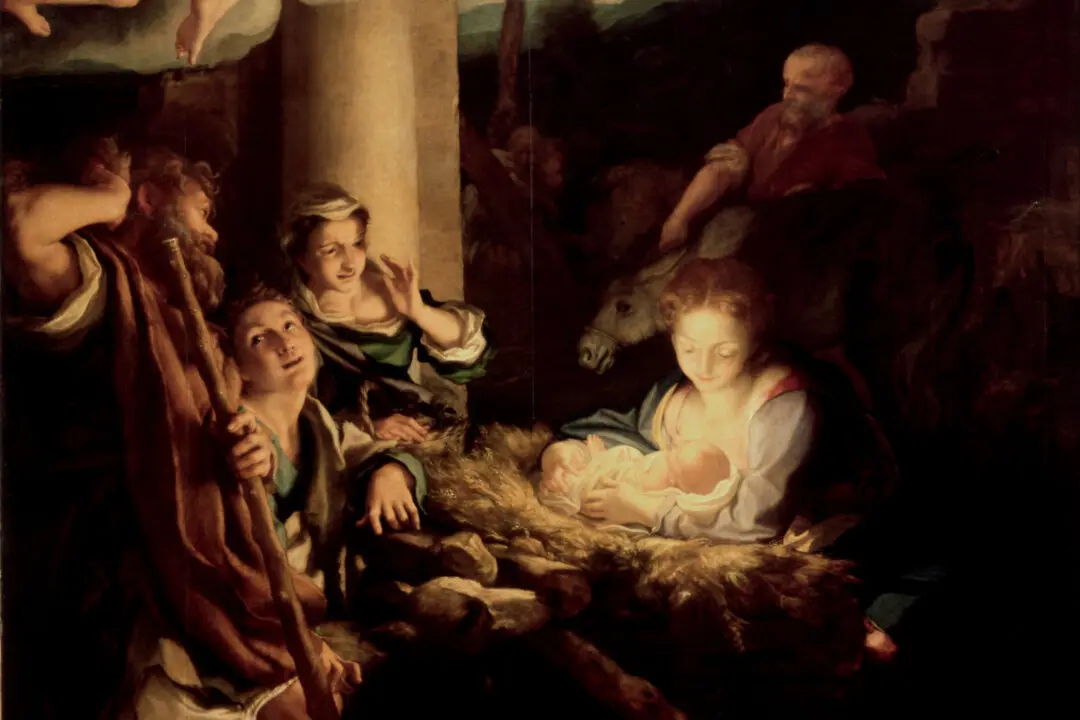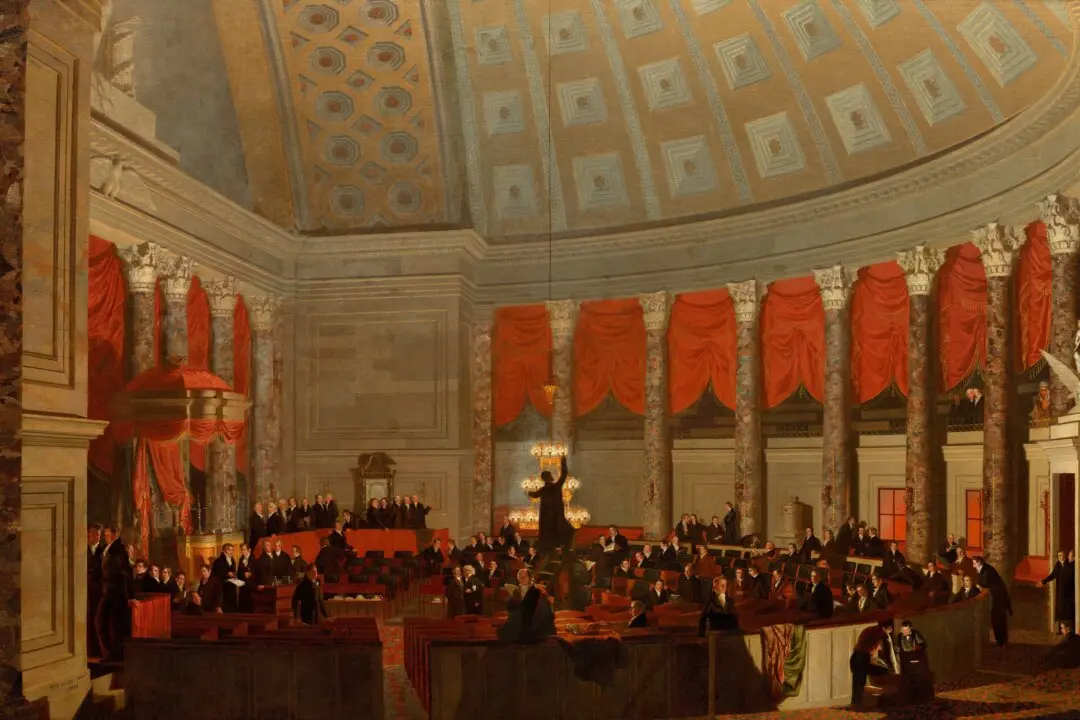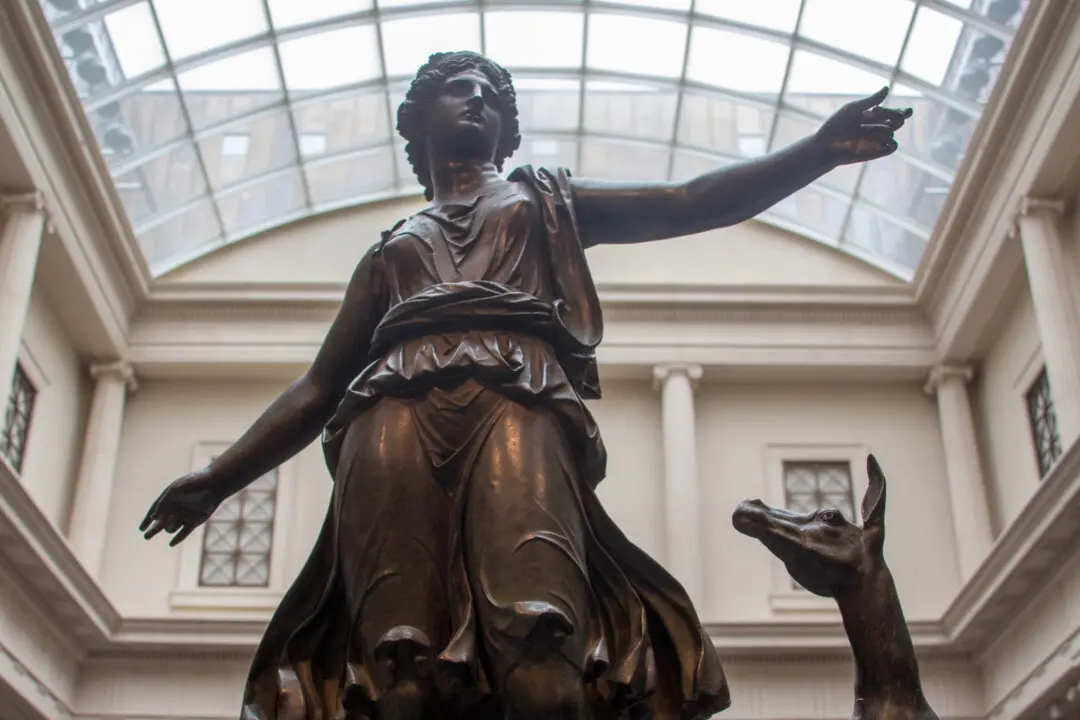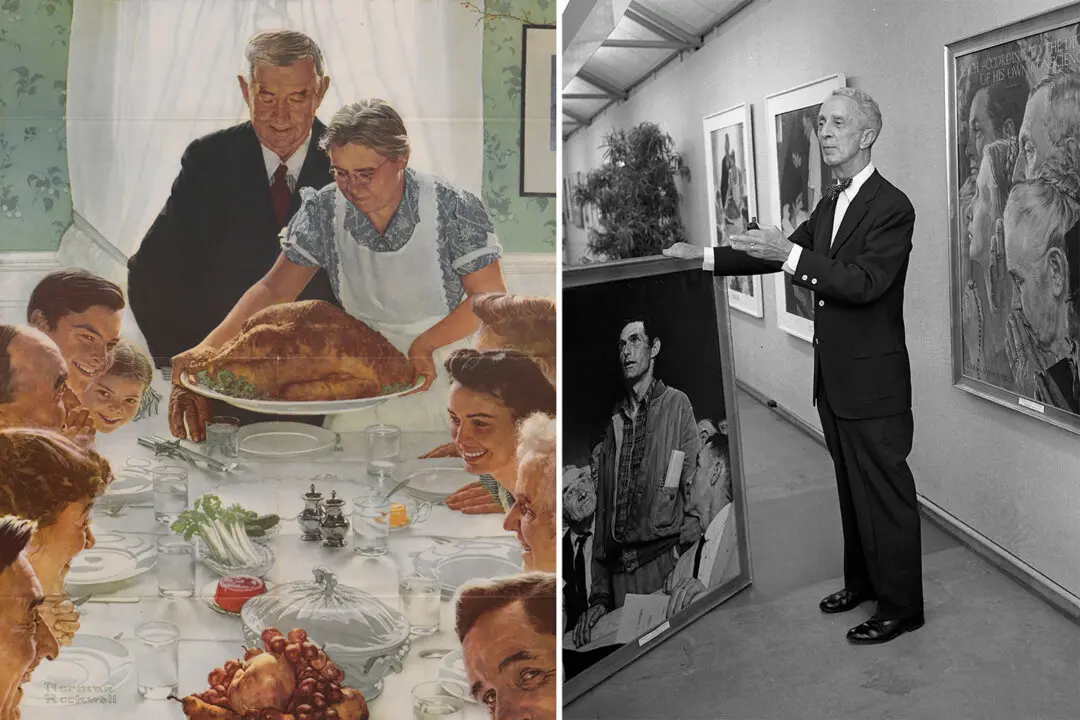One of the most dynamic displays of portraiture can be found at The Frick Collection. Its face-off presentation of Hans Holbein’s portraits of Sir Thomas More and Thomas Cromwell spark an eternal dialogue, as these men were bitter rivals who each met a dramatic end in the Tudor court.
Normally, these paintings are arranged on either side of the Living Hall’s mantelpiece in the museum’s historic New York City mansion, which is how they were presented while the Frick family was in residence. This edifice has been closed, however, for an ambitious renovation and enhancement project, during which time the museum has taken up temporary residence at the modernist Breuer Building.

